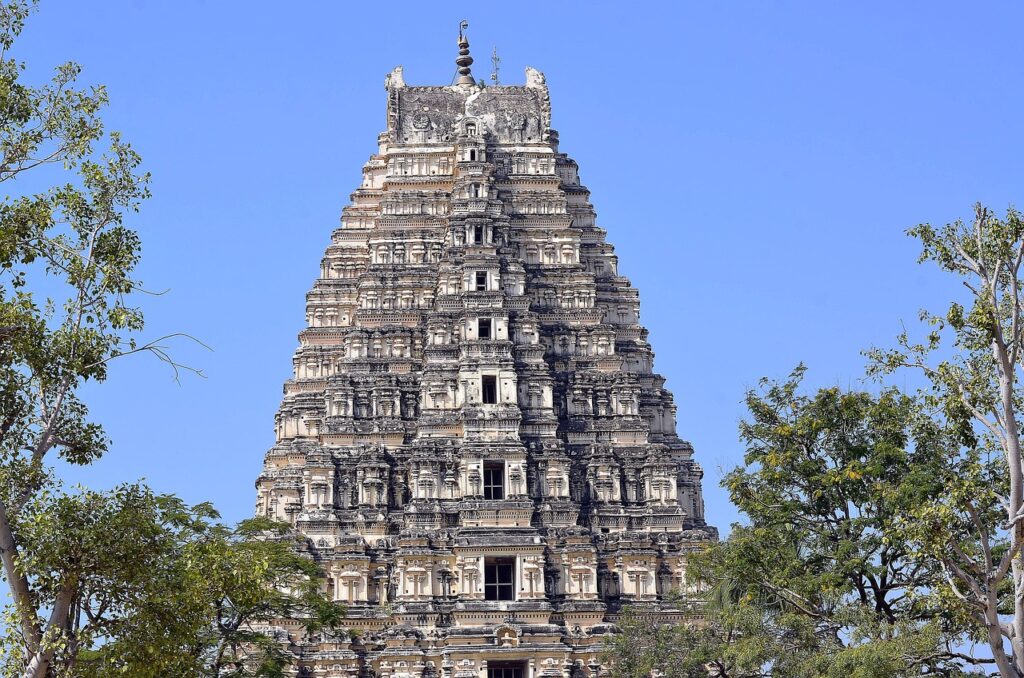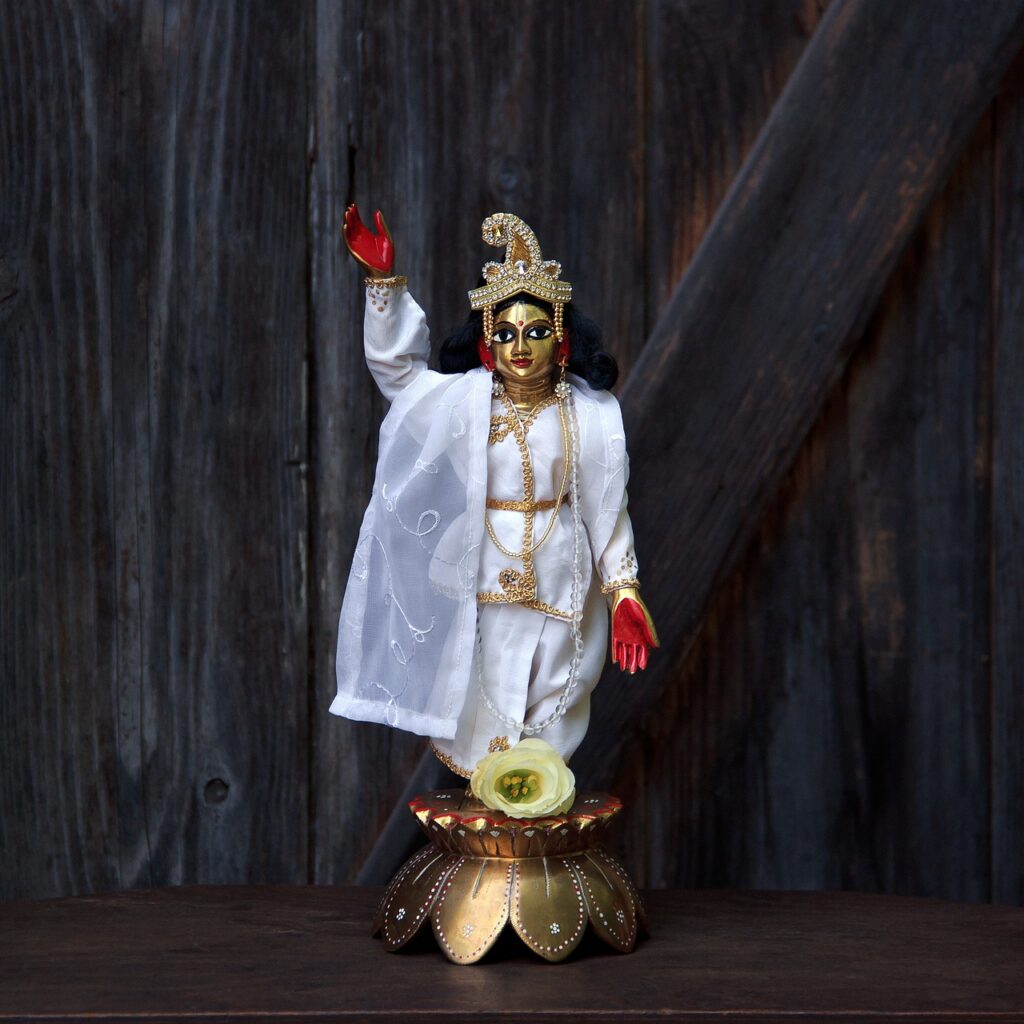Are you curious about the roots of the modern yoga practices that have become increasingly popular in today’s society? You may be surprised to discover the rich history that lies behind this ancient practice. From its origins in ancient India to its transformation and spread across the globe, the history of yoga is a fascinating journey that we will explore in this article. Join us as we delve into the historical origins of modern yoga practices and uncover the ancient wisdom that continues to inspire countless individuals worldwide. Since you’re interested in the historical origins of modern yoga practices, let’s explore the fascinating journey of yoga through the ages. From the ancient Indus Valley Civilization to the pre-Vedic and Vedic periods, and finally to the early development of yoga, we’ll cover it all. So get ready to delve into the rich history of this ancient practice!

Ancient Origins of Yoga
Indus Valley Civilization
Our exploration of yoga’s origins takes us back to the Indus Valley Civilization, which flourished around 2600-1900 BCE in what is now modern-day India and Pakistan. Although there is no direct evidence of yoga practices in this period, various artifacts and archaeological findings give us some insight into the civilization’s spiritual beliefs.
Pre-Vedic Period
Before the advent of the Vedas, ancient India witnessed a period of indigenous spiritual practices. These practices included rituals, shamanism, and a deep reverence for nature and the elements. It is believed that these early spiritual traditions laid the foundation for the development of yoga.
Vedic Period
The Vedic period, which lasted from 1500-500 BCE, marked a significant milestone in the evolution of yoga. The Rigveda, one of the oldest sacred texts in Hinduism, contains hymns that mention the practice of yoga as a means to connect with the divine. Additionally, the Upanishads, philosophical texts that emerged during this period, expounded upon the concept of yoga and its transformative power.
Early Development of Yoga
The Yoga Sutras of Patanjali
One of the most prominent and influential texts in the history of yoga is the Yoga Sutras of Patanjali. Compiled around the 2nd century BCE, these sutras laid out a comprehensive framework for the practice and philosophy of yoga. Patanjali’s work, comprising of 196 aphorisms, covers various aspects of yoga and offers guidance for attaining spiritual liberation.
Eight Limbs of Yoga
The Yoga Sutras of Patanjali introduced the concept of the Eight Limbs of Yoga, which serve as a systematic approach to self-realization and inner transformation. These limbs include Yama (ethical principles), Niyama (self-discipline), Asana (physical postures), Pranayama (breath control), Pratyahara (withdrawal of the senses), Dharana (concentration), Dhyana (meditation), and Samadhi (union with the divine).
Hatha Yoga Pradipika
Another significant text in the early development of yoga is the Hatha Yoga Pradipika, composed in the 15th century CE by Swami Swatmarama. This text focuses primarily on the practice of asanas (physical postures) and pranayama (breath control), aiming to balance the energy flow within the body. It provides detailed instructions for achieving physical and mental well-being through Hatha Yoga.
The Yoga Sutras of Patanjali
Compilation and Authorship
The Yoga Sutras of Patanjali, as mentioned earlier, were compiled by the sage Patanjali around the 2nd century BCE. It is believed that Patanjali drew upon existing yoga practices and philosophical concepts to create a comprehensive guide for seekers on the path of enlightenment.
Yogic Philosophy
The Yoga Sutras delve deeply into the philosophy of yoga, emphasizing the importance of stilling the mind and transcending the limitations of the body. Patanjali describes yoga as the cessation of the fluctuations of the mind, leading to a state of pure consciousness. His teachings elaborate on the nature of reality, the obstacles on the path of yoga, and the various techniques to overcome these obstacles.
Yoga as a Path to Enlightenment
Patanjali’s Yoga Sutras outline yoga as a spiritual discipline that can lead to self-realization and union with the divine. The practice of yoga, according to Patanjali, helps individuals overcome the distractions of the mind and cultivate a deep sense of inner peace and contentment. By following the path prescribed in the Yoga Sutras, practitioners can attain liberation from suffering and discover their true nature.
Eight Limbs of Yoga
Yama
The first limb of yoga, Yama, encompasses ethical principles that guide how we interact with others and the world around us. It includes teachings on non-violence, truthfulness, non-stealing, moderation, and non-possessiveness. Practicing Yama encourages individuals to cultivate a compassionate and mindful approach to their actions and relationships.
Niyama
Niyama, the second limb, focuses on self-discipline and personal observances. It includes practices such as cleanliness, contentment, self-study, self-discipline, and surrender to a higher power. Niyama encourages individuals to develop a strong sense of self-awareness and cultivate virtues that enhance personal growth and spiritual development.
Asana
Asana, the third limb, refers to the physical postures practiced in yoga. These postures help to develop strength, flexibility, and balance in the body. By maintaining proper alignment and engaging in conscious movement, practitioners cultivate a deep mind-body connection and prepare themselves for the subsequent limbs of yoga.
Pranayama
Pranayama, the fourth limb, involves breath control techniques that channel and expand the life force energy within the body. This practice aims to balance the flow of prana (vital energy) and enhance one’s physical and mental well-being. Pranayama techniques range from deep, slow breathing to advanced breath retention exercises.
Pratyahara
Pratyahara, the fifth limb, emphasizes the withdrawal of the senses from external distractions. By turning the attention inward and detaching from sensory inputs, practitioners develop an increased level of introspection and inner focus. Pratyahara prepares the mind for deeper states of concentration and meditation.
Dharana
Dharana, the sixth limb, involves the ability to concentrate the mind on a single point or object. Through focused attention, practitioners develop mental clarity and stability. The practice of Dharana enables individuals to quiet the fluctuations of the mind and enter deeper states of meditation.
Dhyana
Dhyana, the seventh limb, refers to the uninterrupted flow of concentration and meditation. In this state, the practitioner merges with the object of meditation, experiencing a profound sense of inner stillness and unity. Dhyana allows individuals to transcend the ego and experience a deeper connection with the divine.
Samadhi
Samadhi, the eighth and final limb, represents the ultimate goal of yoga – union with the divine. In this state of deep meditation, the individual experiences a complete dissolution of the self and merges with the universal consciousness. Samadhi is characterized by pure awareness, bliss, and a profound sense of interconnectedness with all beings.

Hatha Yoga Pradipika
Compilation and Authorship
The Hatha Yoga Pradipika, written by Swami Swatmarama, provides a comprehensive guide to Hatha Yoga practices. Swami Swatmarama drew upon earlier yogic texts to compile this work in the 15th century CE. His aim was to offer practical instructions for achieving physical and mental well-being through the practice of asanas and pranayama.
Focus on Asanas and Pranayama
The Hatha Yoga Pradipika places significant emphasis on asanas and pranayama as essential tools for balancing the subtle energies within the body. Various asanas and pranayama techniques described in the text aim to purify and strengthen the body, enhance breath control, and prepare the practitioner for higher stages of meditation.
Balancing Energy Flow
A key aspect of Hatha Yoga, as outlined in the Hatha Yoga Pradipika, is the balancing of energy flow within the body. Through regular practice, individuals are believed to awaken and harmonize the dormant energy centers known as chakras. This balanced energy flow facilitates physical and mental well-being, promoting a greater sense of vitality and spiritual connectedness.
Modern Yoga Influences
Swami Vivekananda
In the late 19th century, Swami Vivekananda played a significant role in introducing yoga to the Western world. His lectures and writings on Hindu philosophy, including the practice of yoga, inspired many individuals to explore these ancient teachings. Swami Vivekananda’s efforts helped to establish yoga as a respected spiritual practice beyond its cultural borders.
Theosophical Society and Helena Blavatsky
The Theosophical Society, founded in 1875 by Helena Blavatsky and others, aimed to promote the study of ancient wisdom traditions, including yoga. Blavatsky’s writings and teachings highlighted the esoteric aspects of yoga and its connection to a broader spiritual framework. The Theosophical Society played a significant role in popularizing yoga and fostering an interest in its philosophical underpinnings.
Tirumalai Krishnamacharya
Tirumalai Krishnamacharya, often regarded as the father of modern yoga, made significant contributions to the evolution of yoga in the 20th century. He developed a unique approach to yoga, combining elements from various traditional practices and adapting them to suit modern lifestyles. Krishnamacharya’s teachings influenced several prominent yoga teachers and schools, contributing to the widespread popularity of yoga we see today.
B.K.S. Iyengar
One of the most well-known yoga teachers of the modern era, B.K.S. Iyengar, revolutionized the practice of yoga with his focus on alignment and the use of props. Iyengar Yoga places great importance on correct posture and alignment in each asana, helping practitioners achieve optimal physical and energetic balance. His meticulous and precise approach to yoga has made Iyengar Yoga accessible to all, regardless of age or physical ability.
Phew! That was quite a journey through the historical origins of modern yoga practices. From the ancient civilizations of the Indus Valley to the philosophical teachings of Patanjali, and the innovations of modern yoga influencers like B.K.S. Iyengar, yoga has evolved into a multifaceted practice that continues to flourish worldwide. So, next time you step onto your mat, remember the rich history and wisdom that lies behind each yoga pose. Happy practicing!


